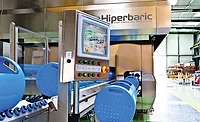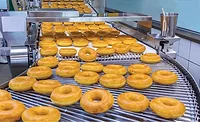Pet Food
Consumer demand drives rapid growth in pet food market
Pet food processing and packaging industry continues to grow
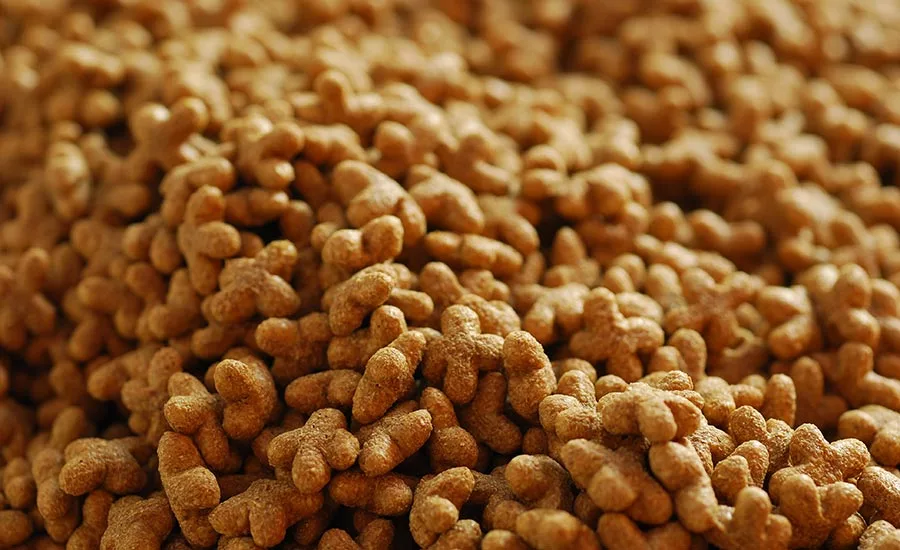
Like human food production, the extrusion process used to make most pet food and treats follows GMPs and uses preventive controls.
Photo courtesy of Bühler Aeroglide
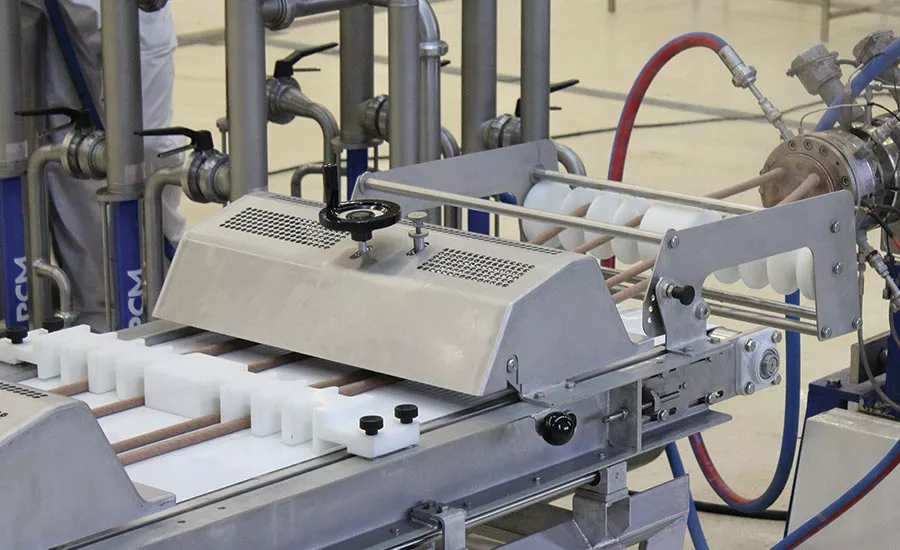
Located at the output of extruders, this machine cuts the product after it has gone through the die. Once cut, granulators also ensure the conveyance of the product to downstream equipment on the extrusion line.
Photos courtesy of Clextral

The extruder is imperative in the cooking of kibble and treats. Single-screw extruders are commonly used in kibble production, while twin-screw extruders are more common for cooking of treats and snacks where co-extrusion is popular.
Photo courtesy of Bühler Aeroglide
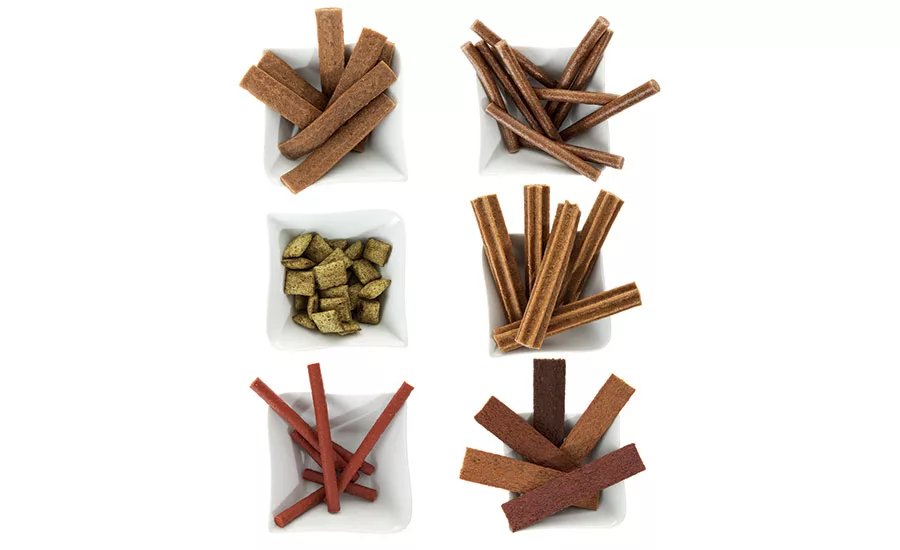
Kibble, treats and snacks are made of ingredients that are trending toward more natural products and real meats as younger consumers and empty nesters treat their pets like furry children.
Photo courtesy of Clextral
Choosing extrusion equipment: a checklist
 According to Alain Brisset at Clextral, the following list shows some key processing advantages of co-rotating twin-screw extrusion technology.
According to Alain Brisset at Clextral, the following list shows some key processing advantages of co-rotating twin-screw extrusion technology.
- Mixing capability, due to the interpenetration of the screws and the diversity of specialized screw designs (such as reverse screw elements, kneading blocks, gear mixing elements, etc.), which allow the extent of shearing/mixing to be precisely adjusted—this leads to controlling the degree of mixing in regard to mixing intensity and mixing quality (dispersive vs. distributive).
- Process flexibility is increased due to throughput and screw speed independency and the capability to handle multiple processing functions in a series (such as melting, mixing, cooking, venting, cooling, etc.) in one piece of equipment. With single-screw extruders, throughput and screw speed are dependent, and screw designs with multiple processing functions in a series are restricted.
- Control of process parameters, including narrower residence time distribution, lower dispersion of shear rates and strain, higher convective heat transfer, and accurate control of temperature profile. This leads to control of shear-time-temperature histories in the extruder to a wider range of mechanical energy inputs, and to more consistency with material conversion and product quality.
- Higher process productivity, due to positive pumping action of the screws, ability to handle more varieties of raw materials and mix formulations, including complex recipes, screw speed-aided compensation of screw wear and lower downtime.
- Process flexibility and productivity with the ability to produce a range of end products; convert materials and handle product quality more consistently; and compensate the effect of screw wear through screw speed adjustment.
Looking for a reprint of this article?
From high-res PDFs to custom plaques, order your copy today!




